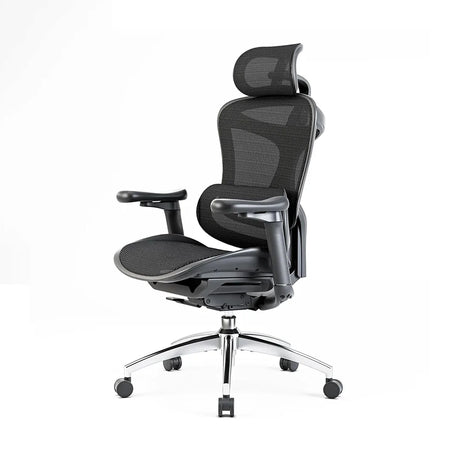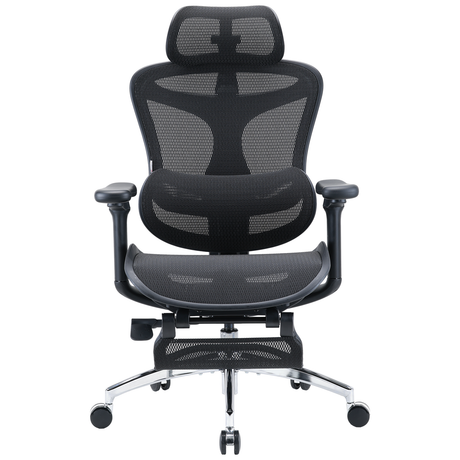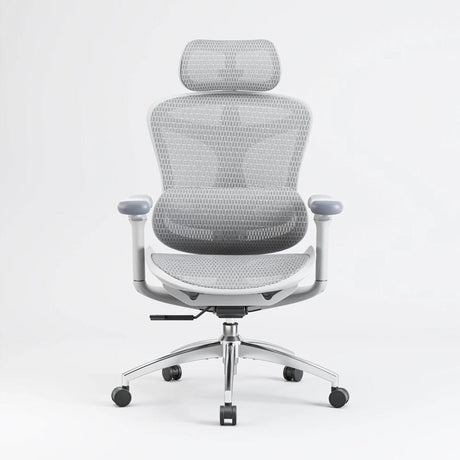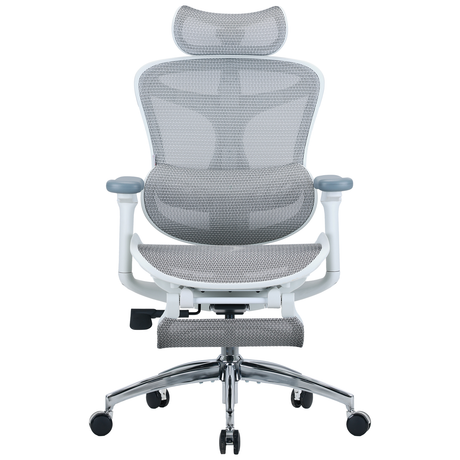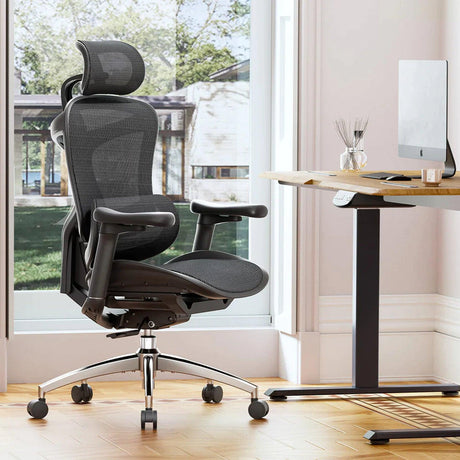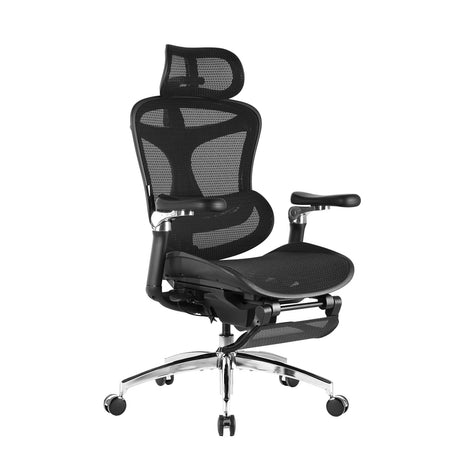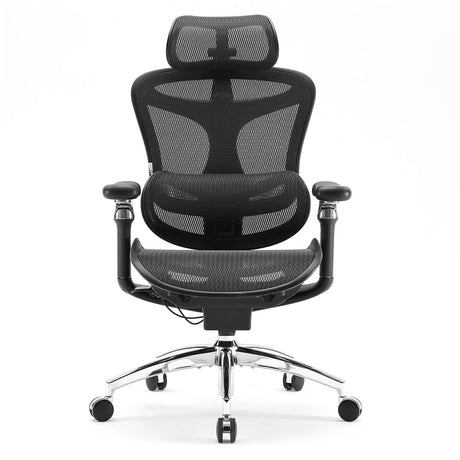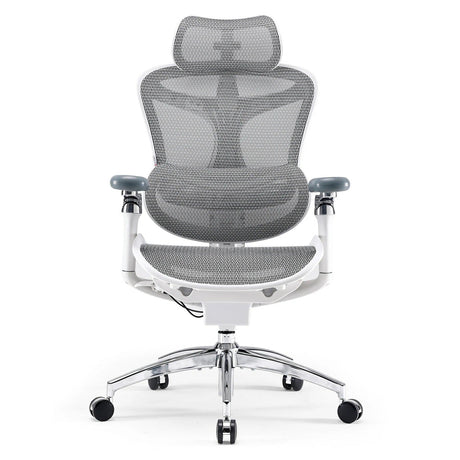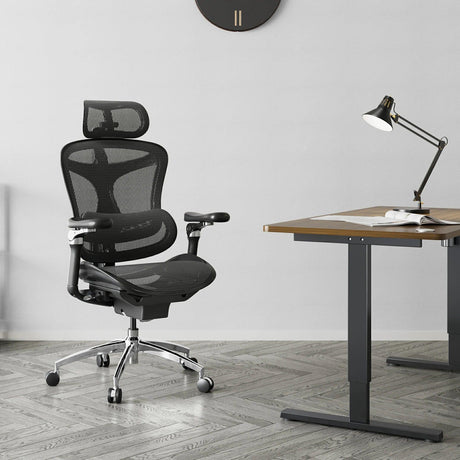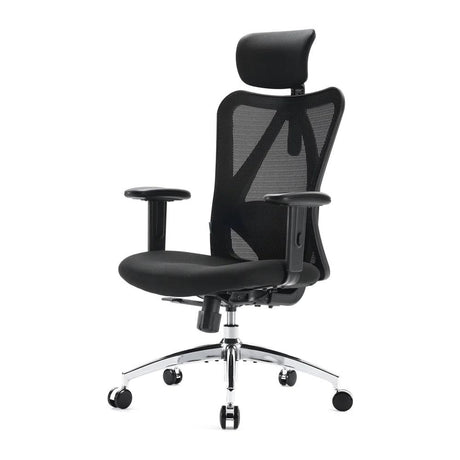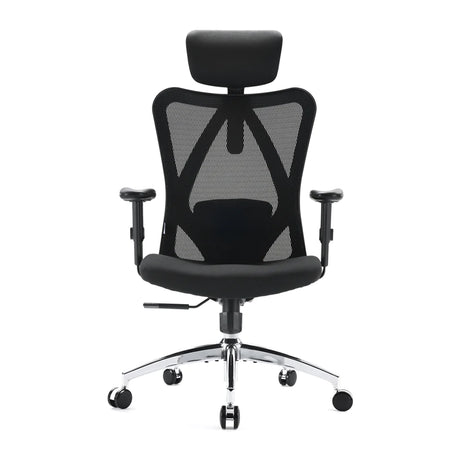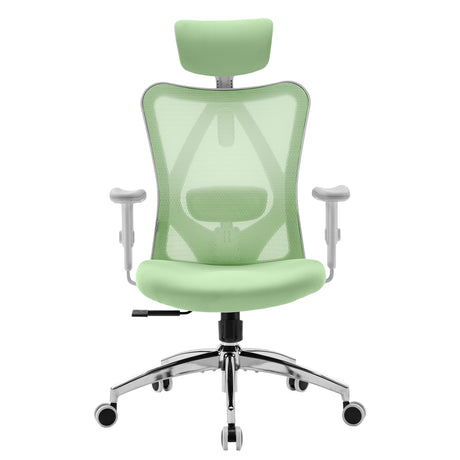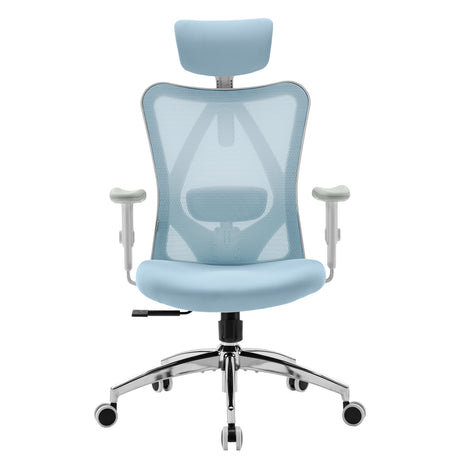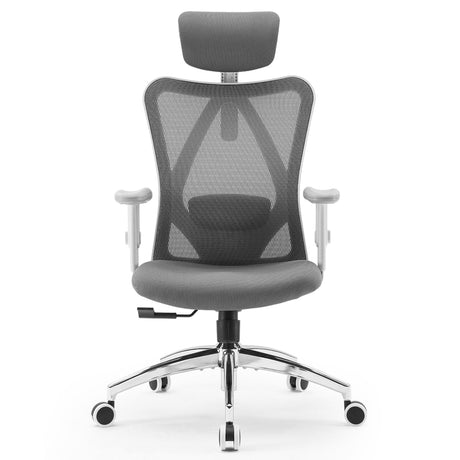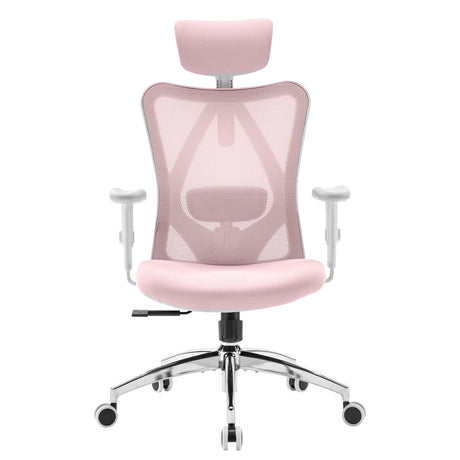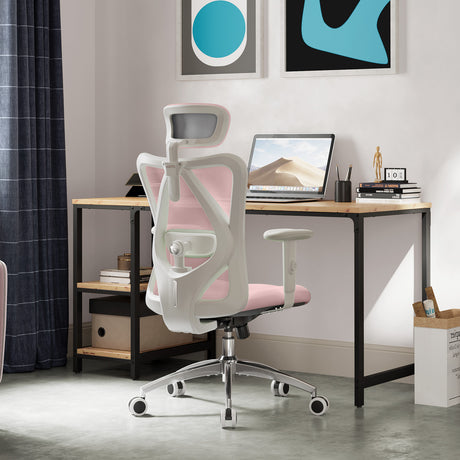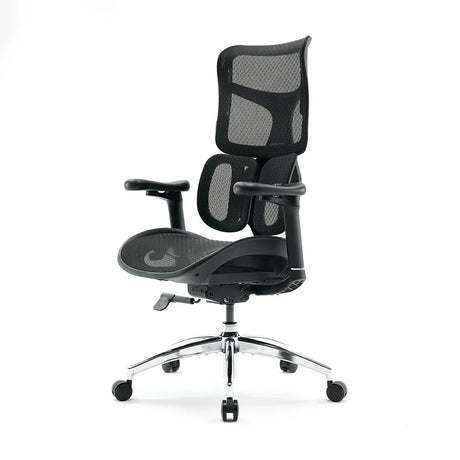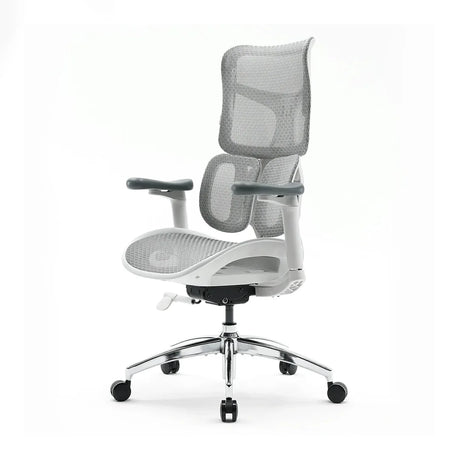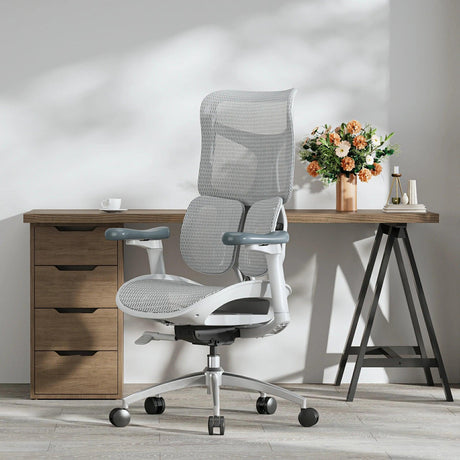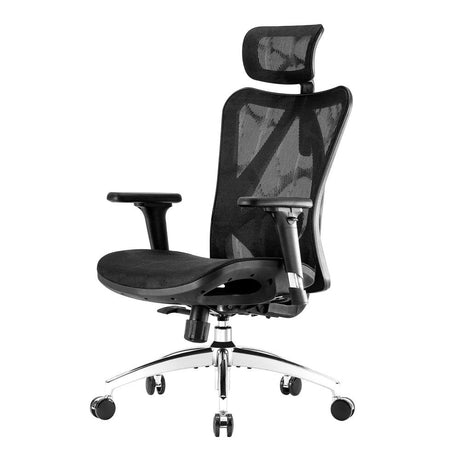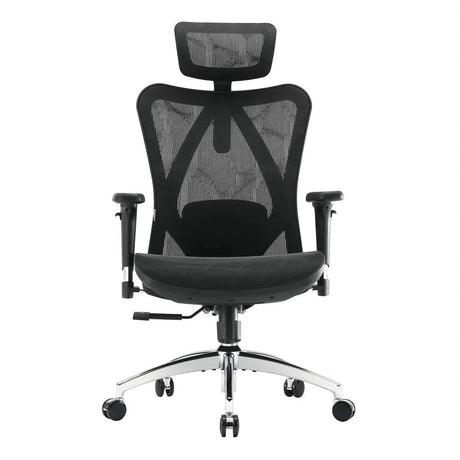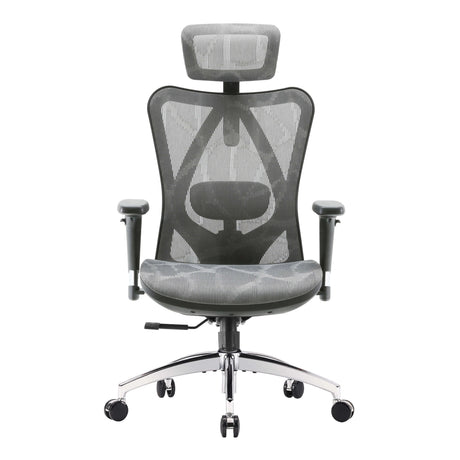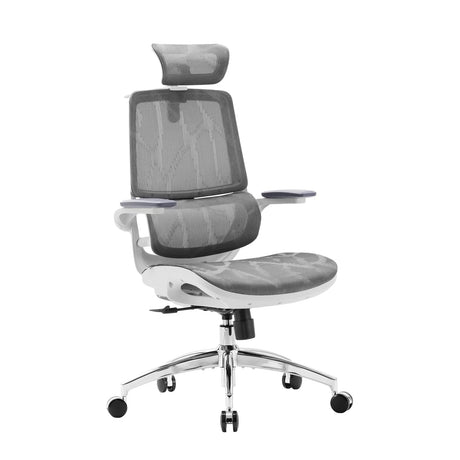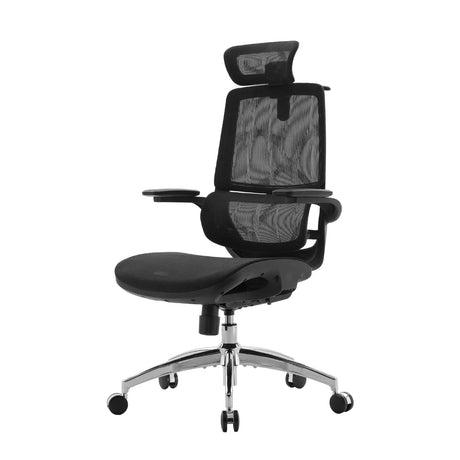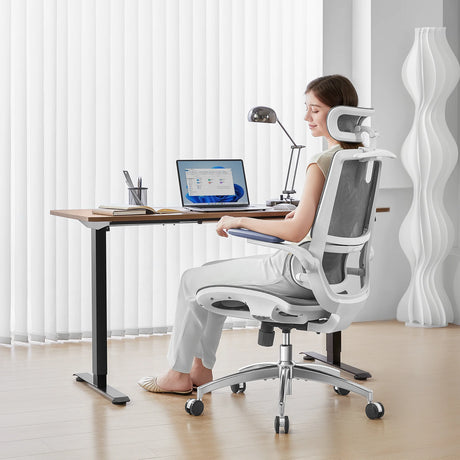If you’ve ever spent hours sitting in an office chair, you’ve likely experienced that familiar discomfort in your lower back, thighs, or—perhaps more intriguingly—your “butt.” While office chairs are marketed as ergonomic solutions designed to provide comfort and support, the notion of an "office chair butt" has gained some traction on the internet as a quirky term for the aches and pains that often come with prolonged sitting. But does it really exist, or is it just a funny term for a very real problem?
In this blog post, we’re diving deep into the concept of an “office chair butt” and whether it’s just a myth, a term to make sense of discomfort, or an actual phenomenon that happens when your chair isn't working for you.
What is an "Office Chair Butt"?
Let’s first define what we mean by “office chair butt.” It’s a casual term that refers to the numb, sore, or fatigued feeling you get in your posterior after sitting for long periods in an office chair. While it might sound funny or exaggerated, it’s an experience that many office workers are familiar with. For some, it’s a dull ache in the buttocks; for others, it can extend to more serious discomfort, including tingling or pinching sensations that travel down the legs.
The Science Behind the "Office Chair Butt"
So, is there any truth to the idea that our chairs are causing this discomfort, or is it just the result of poor posture or sedentary habits? The short answer is: yes, office chairs can contribute to what we experience as an “office chair butt,” but it’s more about how the chair interacts with our body and our posture.
Here’s a look at some of the key factors involved:
- Pressure on the Sit Bones The primary reason why you may feel discomfort in your butt after sitting for a while is the pressure placed on your sit bones (the ischial tuberosities). When you sit in a poorly designed chair that doesn’t properly distribute weight, your sit bones can endure excessive pressure, leading to discomfort or pain. Over time, this can create what people refer to as “office chair butt.”
- Poor Posture and Alignment The way you sit in your office chair can exacerbate or even cause your "office chair butt." If you tend to slouch or lean forward, your body isn’t aligned properly, which can increase pressure on certain areas of your body, including your glutes. This poor posture can contribute to muscle fatigue, discomfort, and even long-term pain.
- Lack of Movement Sitting still for long periods in a chair, especially without standing or adjusting, reduces blood flow to key areas of the body, including your lower back and buttocks. The restricted circulation can cause numbness, tingling, or a dull ache in the glutes—commonly known as “office chair butt.”
- Seat Cushions and Material The seat cushion itself plays a crucial role in comfort. Office chairs with too-soft or too-hard cushions don’t provide the necessary support for your body, leading to pressure on your backside. A chair that lacks proper cushioning or contouring can cause you to shift your weight improperly, resulting in the discomfort that people often refer to as an “office chair butt.”
The Myth or Reality: Why “Office Chair Butt” Isn’t Just in Your Head
It’s easy to dismiss “office chair butt” as a funny or exaggerated concept, but the reality is that it’s a very real issue. In fact, many ergonomic studies point to the fact that a lack of proper chair design, poor posture, and extended periods of sitting all contribute to physical discomfort.
The Key to Avoiding an “Office Chair Butt”
If you've been struggling with discomfort, here are a few tips to avoid the dreaded “office chair butt”:
- Choose the Right Ergonomic Chair The first step is selecting an ergonomic chair that supports your body’s natural posture. Chairs like the Sihoo Doro series, for example, are designed with dynamic lumbar support, a bigger cushion, and adjustable seat depth, all of which promote proper posture and comfort.
- Adjust Your Chair Properly It’s essential to adjust your chair to suit your body size and shape. Make sure the height is set so that your feet are flat on the ground, your knees are at a 90-degree angle, and your backrest supports the natural curve of your spine. Avoid sitting on a chair that doesn’t support the lower back or seat cushion properly.
- Take Breaks and Move Don’t stay seated for hours on end. Get up, stretch, or walk around every 30 minutes to keep blood flowing. Simple movements, such as standing up and sitting back down, can relieve pressure and improve circulation to your backside.
- Use a Cushion or Seat Pad If your office chair still isn’t doing the trick, consider adding a seat cushion designed to relieve pressure on your glutes and support proper posture. A cushion with memory foam or a gel seat pad can make a big difference.
- Strengthen Your Core and Glutes Building core and glute strength will help alleviate some of the pressure on your sit bones. A stronger core helps you maintain better posture, reducing the stress placed on your glutes and lower back when sitting.
Conclusion: The Office Chair Butt Is Real, but You Can Defeat It!
While the term “office chair butt” might sound humorous, it’s based on very real physical experiences that happen when our office chairs aren’t designed with comfort in mind. Prolonged sitting, poor posture, and inadequate support can all contribute to discomfort in your buttocks and lower back. The good news is that with the right ergonomic chair, regular movement, and posture adjustments, you can easily avoid or reduce the effects of “office chair butt.”
If you’re still battling discomfort despite your efforts, it might be time to invest in a better office chair, such as those in the Sihoo Doro series, which are specifically designed to support your body throughout long working hours. Say goodbye to "office chair butt" and hello to comfortable, pain-free productivity!

